Strong geographical imbalance on the Russian poultry market
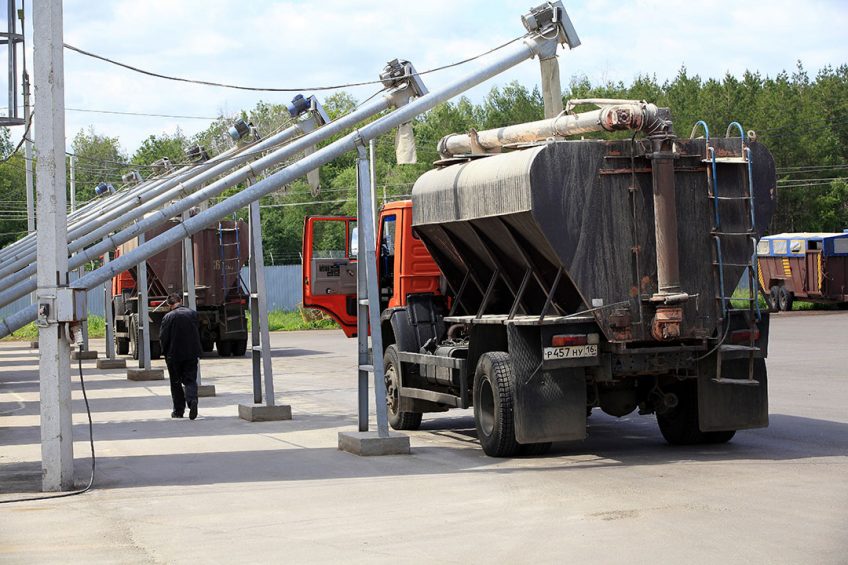
Russia is experiencing a strong territorial imbalance of broiler meat production as oversupply is evidenced on European Russia, and a shortage in Siberia and the Far East, this is according to Andrey Dalnov, chairman of the Industry Expertise Center of the Russian state-owned bank Rosselhoznabank, during a press conference in Moscow.
Siberia and the Far East encompass 80% of the Russian territory but account for less than 20% of the country’s broiler meat production. Those regions are traditionally not considered attractive for poultry production because of the poor infrastructure development, low population density, and harsh climate conditions.
Poultry production growth in eastern Russia
From January to May of 2020, the Central federal district produced 1 million tonnes of broiler meat, while the Siberian federal district – 102,000 tonnes. It is likely though, that the poultry industry in Russia will develop ‘in eastern direction’ in the coming years with more farms emerging east of Urals, Alexander Tuz, vice president of the Russian poultry company GAP Resource said in a statement posted on the Rosselhoznabank’s website. The production growth in this part of the country is essential to meet the domestic demand as well as the demand from overseas.
 Russia wants to cut import-dependence breeding stock
Russia wants to cut import-dependence breeding stock
Russia must gradually start decreasing its dependency on imported breeding stock, stated Russian deputy Prime Minister Victoria Abramchenko.
Infrastructure challenges for poultry production
Logistics infrastructure is the main barrier for building new poultry facilities in Siberia and the Far East, Albert Davleyev, president of the Russian consulting agency Agrifood Strategies told magazine Agroinvestor. And yet the production costs in Belgorod Oblast, in Central Russia, are lower than that in the eastern regions, even when taking into account logistics costs for delivering poultry products to the remote areas, like Kamchatka Krai, Davleyev said.
 Russia tests new domestic crossbreed
Russia tests new domestic crossbreed
Russian breeding farm Smena begun testing a new domestic poultry crossbreed named Smena-9. The company plans to register the new crossbreed in the 2nd half of 2020. This would pave the way to get government approval for commercialisation.
Rising costs across the supply chain
The industry infrastructure is well-developed in Russia, and there is no problem in ensuring poultry meat supply to all of the country’s regions, Sergey Lakhtyukhov, director-general of the Russian Union of Poultry Producers said in the statement. The production costs have recently been rising across the supply chain due to the Russian currency fluctuations and the Covid-19 pandemic. All imported materials, like feed additives, have become more expensive. Coupled with a 20% to 25% price hike on the grain market, this has pushed production costs for poultry and eggs in Russia up by as much as 20%, the Russian Union of Poultry Producers estimated.
Profits fall for poultry companies
As a result, during the first 5 months of the year, Russian poultry companies earned 27% less money than during the same period of the previous year. Their combined profit plummeted by Rub22 billion ($ 350 million). The average price for broiler meat in Russia is now estimated at Rub98 ($ 1.5) per kg, 7% down compared to the previous year. Poultry prices traditionally are slightly higher in eastern regions than in European Russia.
 Beheer
Beheer

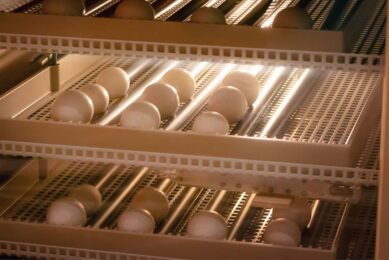
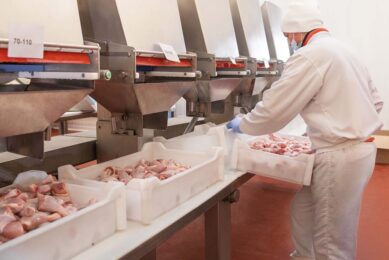
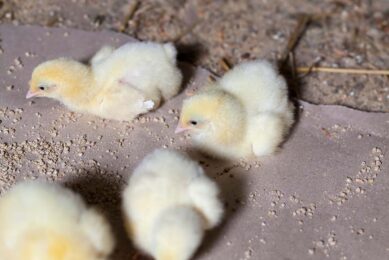
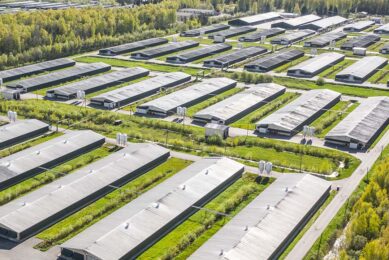



 WP Admin
WP Admin  Bewerk bericht
Bewerk bericht